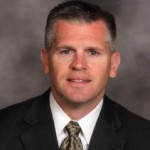 Jack Hayes (’92), currently director of athletics at Hofstra University, has been named director of athletics at Brown University. Hayes will begin his work at Brown July 1, 2012, succeeding Michael Goldberger.
Jack Hayes (’92), currently director of athletics at Hofstra University, has been named director of athletics at Brown University. Hayes will begin his work at Brown July 1, 2012, succeeding Michael Goldberger.
“We have recently affirmed the significant role of athletics at Brown and initiated an important set of improvements to the program,” Brown President Ruth J. Simmons said. “Jack Hayes offers the leadership experience to carry through successfully on the goals that have been set and the measures that have been put in place under the exceptional tenure of Michael Goldberger.”
As director of athletics at Brown, Hayes will have responsibility for 37 varsity teams and their coaches, as well as 17 intercollegiate teams that compete at the club level. The Department of Athletics and Physical Education also supports an extensive intramural program, organizes exercise classes for faculty and staff, and manages the University’s athletic facilities, from satellite fitness centers in residential halls to the ice rink, swimming pool, and varsity facilities. A major new athletic complex, including an aquatic center, fitness center, and varsity strength and conditioning facility, will be put into service soon and dedicated in May.
“During two decades as a university sports administrator, Jack Hayes has developed a deep understanding of the role of athletics — how it can thrive in an academic setting and how it can enrich the campus experience for all students,” Klawunn said. “He is well prepared to help Brown athletics achieve its very promising future.”
Hayes is a native of Providence, graduating from Providence Country Day School, where he lettered in football, basketball, and lacrosse. He attended Providence College, where he earned a Bachelor of Arts in 1989 and was a member of the varsity lacrosse team. After graduation, he completed a sports information internship at Brown University, then headed to the University of Connecticut for graduate school, earning a master’s degree in the Neag School of Education with a concentration in sport management.
Hayes has more than 20 years of experience in university sports administration. He served at Fairfield, St. John’s, and Fordham universities before his appointment as associate director at the University of Connecticut in 2001. At Connecticut, he had responsibilities for fundraising, including annual giving, major gifts, and coordination of capital project campaigns. He also represented Connecticut’s Division of Athletics as a public speaker at donor, alumni and community events.
Hayes moved to his current position at Hofstra in 2004. In addition to full responsibility for managing staffing, budget, fundraising, and facilities, Hayes has focused on achieving and sustaining a higher level of academic and athletic achievement. Hofstra varsity teams have averaged greater than a 3.0 GPA during his tenure, with 10 academic all-American honors and 16 conference Scholar-Athlete of the Year awards. The teams have been competitive, with 21 Colonial Athletic Association championships and 35 post-season appearances, including 26 NCAA tournaments.
“I am thrilled with the opportunity to go to Brown,” Hayes said. “Brown’s tradition of academic and athletic excellence was the principal factor in my candidacy for the position. I look forward to returning to Providence and beginning my work with Brown’s coaches, staff, and student athletes.”
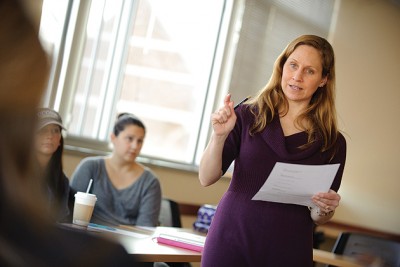
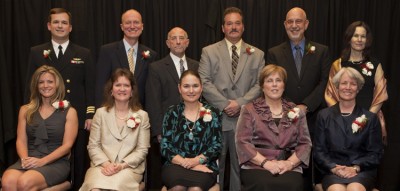
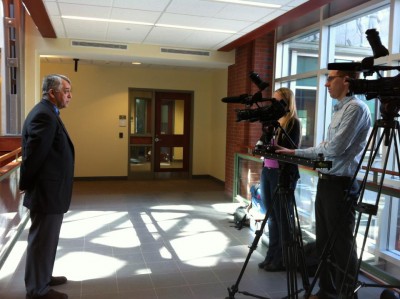
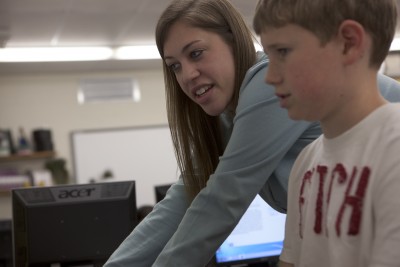 As members of the Neag Alumni Society, the Neag Alumni Society’s main focus is working with the dean and the faculty to advocate for the Neag School of Education and to help advance the School’s core mission. Our other focus is to support the students in the Neag School. The most obvious way is through the offering of financial support in the form of scholarships.
As members of the Neag Alumni Society, the Neag Alumni Society’s main focus is working with the dean and the faculty to advocate for the Neag School of Education and to help advance the School’s core mission. Our other focus is to support the students in the Neag School. The most obvious way is through the offering of financial support in the form of scholarships. When Gov. Dannel P. Malloy signed into law this week a landmark piece of education reform legislation, it marked, among other things, the growing role of the University of Connecticutʼs
When Gov. Dannel P. Malloy signed into law this week a landmark piece of education reform legislation, it marked, among other things, the growing role of the University of Connecticutʼs  Capital Community College nurse educator Bonnie Edelen earned not just a doctoral degree from the University of Connecticut, but an Excellence in Nursing Research Award from the Connecticut Nursing Research Alliance.
Capital Community College nurse educator Bonnie Edelen earned not just a doctoral degree from the University of Connecticut, but an Excellence in Nursing Research Award from the Connecticut Nursing Research Alliance. According to an initial sample of seven states, the existing standards for teaching writing vary widely in comparison to a new set of common standards that are in the process of being implemented by most states.
According to an initial sample of seven states, the existing standards for teaching writing vary widely in comparison to a new set of common standards that are in the process of being implemented by most states.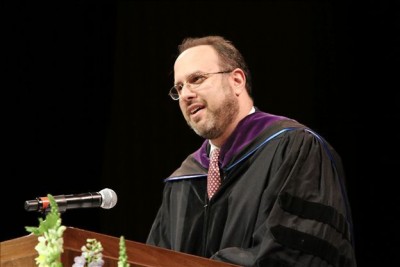
 The majority of the brightest and best students at the
The majority of the brightest and best students at the 